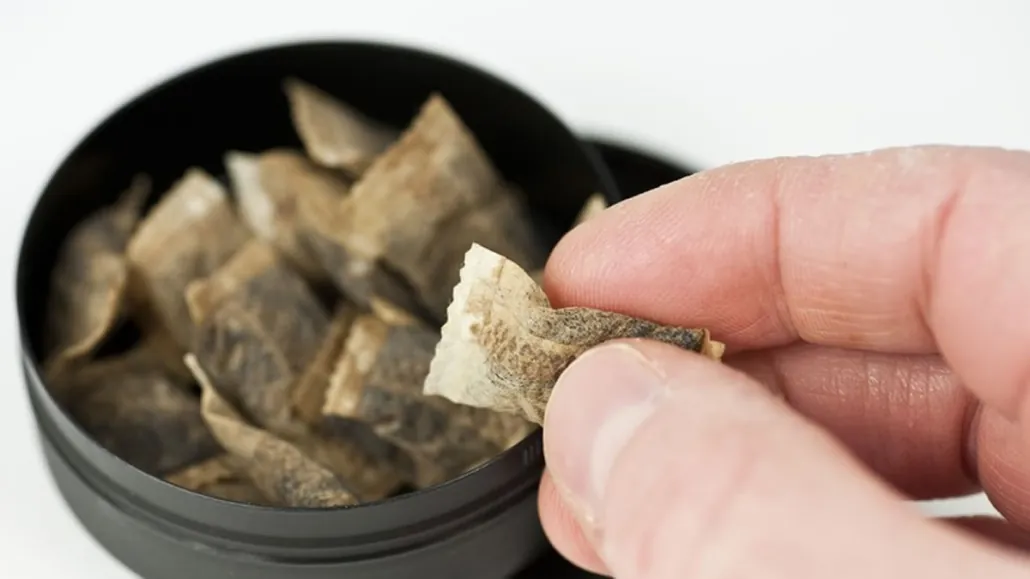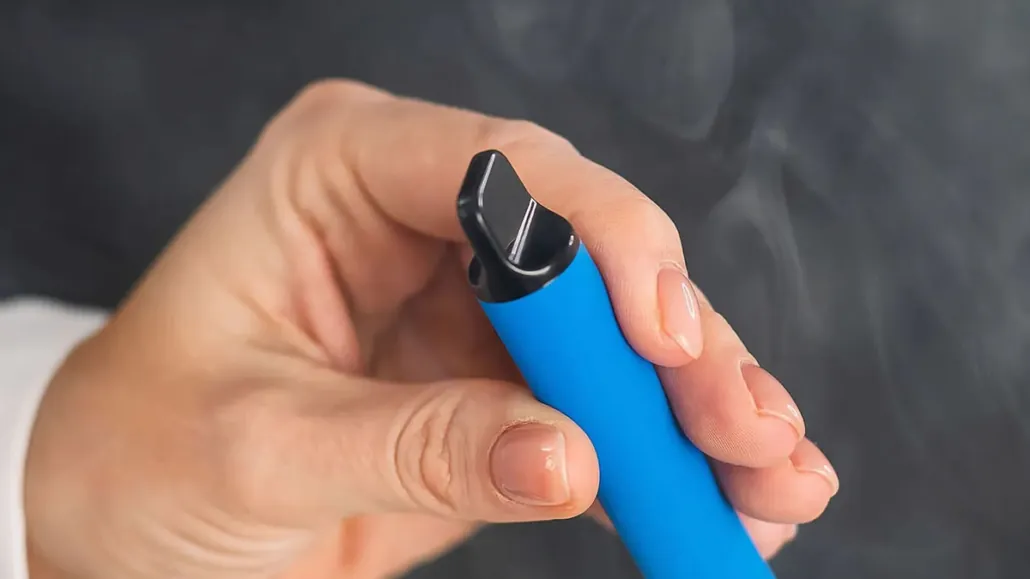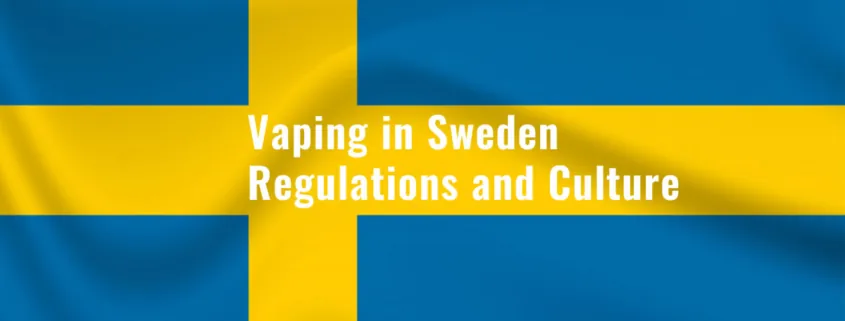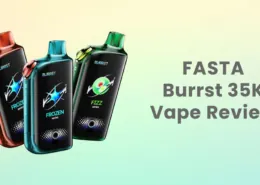Vaping in Sweden: Regulations and Culture
Sweden, renowned for its stunning landscapes and rich cultural heritage, has emerged as a trailblazer in public health initiatives, spearheading the charge for harm reduction within Europe. As the country inches closer to the EU’s ambitious smoke-free target of 5 percent, with current smoking rates hovering just above 6 percent according to Eurostat data, Sweden’s multifaceted approach to nicotine consumption has garnered global attention.
This article delves into the intricacies of Sweden’s nicotine landscape, exploring the cultural significance of snus, the emergence of vaping, and the regulatory frameworks that shape the country’s harm reduction strategies. Join us on a journey through the past, present, and future of nicotine consumption in Sweden, as we uncover the factors that have propelled this nation to the forefront of public health innovation.
The Snus Phenomenon: A Cultural Cornerstone
At the heart of Sweden’s nicotine consumption patterns lies the snus phenomenon, a deeply ingrained cultural practice that has played a pivotal role in shaping the country’s approach to harm reduction. Snus, a smokeless oral tobacco product, has gained prominence as a less harmful alternative to combustible cigarettes, with its usage surpassing that of traditional smoking.

Understanding Snus: Origins and Functionality
Snus traces its roots back several centuries, with documented evidence of its usage dating as far back as the 18th century. This pasteurized oral tobacco, typically sold in small pouches, is placed under the upper lip, delivering nicotine to users without the need for combustion. Swedish consumers often embrace snus as a socially acceptable and discreet form of tobacco consumption, attributing its popularity to a combination of cultural traditions, historical preferences, and the perception of reduced harm compared to smoking.
Availability and Advertising Regulations
In Sweden, snus is readily available for purchase in various retail outlets, including convenience stores and specialized tobacco shops. While the country permits the advertising of snus within its borders, subject to specific restrictions, the product remains relatively unknown and subject to regulatory restrictions outside of Sweden.
Snus as a Harm Reduction Tool
Snus has been linked to a demonstrable reduction in smoking prevalence, contributing to improved public health outcomes in Sweden. By providing a viable alternative to smoking, snus has played a crucial role in the country’s efforts to promote harm reduction and tobacco cessation, emphasizing the significance of informed regulatory decisions and evidence-based public health initiatives.
The Emergence of Vaping: A Complementary Approach
Alongside the long-standing popularity of snus, Sweden’s contemporary landscape has witnessed the emergence of vaping as a complementary approach to harm reduction. The vaping industry has garnered significant attention, reflecting a dynamic shift in nicotine consumption patterns among the Swedish population.

E-Liquid Industry Trends
The Swedish vaping market has embraced a diverse range of flavored e-liquids, catering to the evolving preferences of consumers seeking an enhanced sensory experience. Fruity and dessert-inspired options dominate the market, appealing to a wide consumer base with their enticing and varied flavor profiles. The accessibility and user-friendly nature of vaping devices have further contributed to the market’s significant growth.
Key Motivations for Vaping
Several key motivations drive the adoption of vaping in Sweden, including the desire to reduce health risks associated with traditional tobacco smoking, the availability of customizable nicotine levels in e-liquids, and the recognition of vaping as a promising harm reduction strategy. These factors have fueled the growth of the vaping industry, attracting a diverse range of consumers seeking alternatives to conventional smoking.
Regulatory Frameworks: Shaping the Vaping Landscape
Sweden’s legal landscape reflects a well-defined regulatory framework governing the e-liquid industry, ensuring compliance with packaging requirements, quality standards, and consumer safety.
E-Liquid Regulations and Policies
The Act on Electronic Cigarettes and Refill Containers (2017/425) outlines specific provisions for the marketing and sale of e-cigarettes in Sweden, while adherence to the EU Tobacco Products Directive serves as a fundamental pillar in shaping the e-liquid regulations. E-liquids must adhere to strict guidelines, including prominent health warnings on packaging and age restrictions limiting sales to individuals aged 18 and older.
Taxation and Notification Fees
Policy developments have introduced taxation on e-cigarette liquid, reflecting the government’s efforts to regulate the market and mitigate potential health risks associated with vaping. The process of notifying products involves a fee of 10,500 SEK for both initial notification and subsequent modifications. Taxation on e-cigarette liquid is structured at 2 SEK per milliliter for products with a nicotine concentration of up to 15 mg/ml, and 4 SEK per milliliter for those containing 15-20 mg/ml.
Technological Advancements: Enhancing User Experiences
In Sweden, the latest vaping devices and technologies reflect a growing preference for advanced and user-friendly systems. Pod systems have gained substantial popularity due to their compact design, ease of use, and portability, catering to the on-the-go lifestyle of many consumers. Customizable and refillable pod cartridges offer users the flexibility to experiment with various e-liquid flavors, contributing to the rising demand for diverse and innovative taste profiles.
The snus industry continues to innovate with an array of convenient and discreet options, including various snus formats and flavors that appeal to a wide consumer base. Manufacturers have introduced user-friendly snus pouches and portion products, emphasizing portability and discreet consumption. These advancements underscore the industry’s commitment to providing consumers with a range of choices that align with their preferences for hassle-free and convenient nicotine consumption.

ECIGATOR
Ecigator is one of the well-known vape brands spun off from FM Technology Co., Ltd, it’s an ISO-certified disposable vape manufacturer for OEMs, ODMs, and OBM since 2010. The founder team comes from top firms with more than 10 years of experience in the vaping industry and has devoted thousands of hours to providing users with a better and better experience.
Public Perception and Future Outlook
Sweden maintains a cautious stance on vaping, emphasizing the importance of rigorous regulations and public health awareness campaigns. Government initiatives highlight the potential risks associated with vaping, aiming to educate the public about the need for informed consumption and the recognition of potential health hazards. NGOs work diligently to encourage harm reduction initiatives, focusing on fostering a societal shift towards healthier nicotine consumption alternatives while continuously monitoring the evolving landscape of the tobacco and nicotine industries.
The future of vaping in Sweden appears to be influenced by a combination of projected growth, market opportunities, and notable challenges. As the vaping market continues to expand, there is an anticipated increase in consumer interest and adoption, particularly among individuals seeking tobacco smoking cessation. However, the industry also faces significant challenges, including stringent regulatory frameworks, evolving public perceptions, and ongoing concerns about potential health risks.
Successful navigation of these factors is crucial for sustaining the growth and development of the vaping market while prioritizing public health and safety initiatives. Key factors that could shape the future of vape products in Sweden include continued advancements in technology, evolving regulatory landscapes, public health awareness campaigns, and the industry’s ability to adapt to changing consumer needs and preferences.
Conclusion
Sweden’s journey through the realm of nicotine consumption reflects a nation committed to pioneering public health initiatives and embracing innovative harm reduction strategies. The cultural significance of snus, coupled with the emergence of vaping, has reshaped the country’s nicotine landscape, propelling Sweden to the forefront of the global harm reduction movement.
As the nation continues to navigate the complexities of regulatory frameworks, technological advancements, and evolving consumer preferences, the future of vaping in Sweden holds both promise and challenges. By fostering a balanced approach that prioritizes public health, encourages responsible consumption, and adapts to the ever-changing landscape, Sweden has the potential to serve as a model for other nations seeking to embrace alternative nicotine products as a means of achieving smoke-free goals.
The Swedish experience underscores the importance of informed decision-making, evidence-based policies, and a commitment to harm reduction. As the world watches Sweden’s progress, the lessons learned from this nation’s journey will undoubtedly shape the global discourse on nicotine consumption and public health for years to come.
- Bestselling Vapes in UK After Disposable Ban: What to Stock 2025 - August 8, 2025
- Argentina Debates Stricter Vape Laws Amid Prohibition Failures - August 8, 2025
- Nigeria Advocacy Group Urged to Hike Tobacco & Vape Tax by 100% - August 8, 2025








